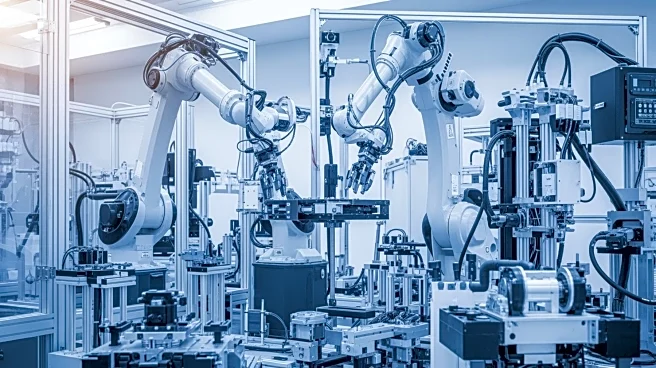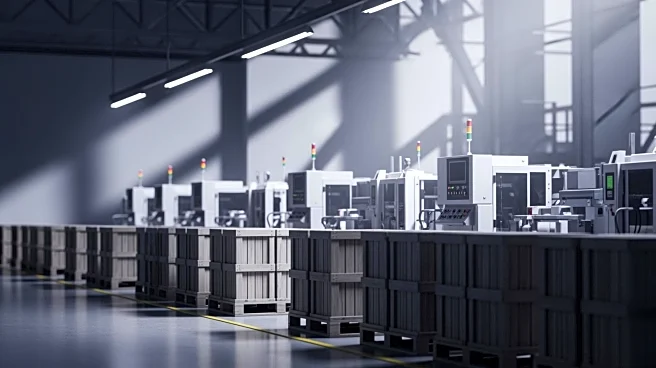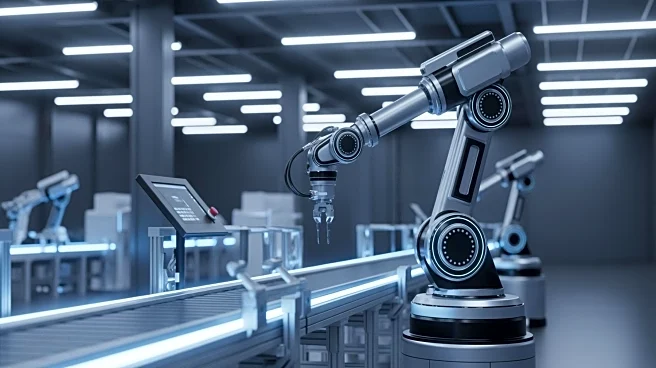What's Happening?
The GE Aerospace Foundation has announced a significant investment of $30 million over the next five years aimed at bolstering workforce training in advanced manufacturing across the United States. This
initiative is designed to support local training programs by enabling them to hire new staff, purchase necessary equipment, expand their curricula, and reduce cost barriers for students. GE Aerospace Chairman and CEO H. Lawrence Culp Jr. emphasized the importance of this investment in revitalizing U.S. manufacturing and addressing the current labor shortage. The program aims to add 10,000 highly skilled manufacturing workers to the workforce, thereby strengthening the industry and supporting economic growth.
Why It's Important?
This investment by the GE Aerospace Foundation is crucial in addressing the ongoing labor shortage in the manufacturing sector, which has been a significant challenge for the U.S. economy. By enhancing workforce training, the initiative not only aims to fill the gap in skilled labor but also supports the broader goal of revitalizing the manufacturing industry. The addition of 10,000 skilled workers will help meet the increasing demand for advanced manufacturing capabilities, which are essential for maintaining competitiveness in the global market. This move is expected to have a positive impact on local economies, as it provides opportunities for employment and skill development, thereby contributing to economic stability and growth.
What's Next?
The implementation of this investment will involve collaboration with local training programs to ensure the effective use of funds. These programs will focus on hiring qualified staff, acquiring state-of-the-art equipment, and developing comprehensive curricula that meet the needs of the industry. As the initiative progresses, it is anticipated that more partnerships will be formed with educational institutions and industry stakeholders to maximize the impact of the training programs. The success of this initiative could serve as a model for other sectors facing similar workforce challenges, potentially leading to further investments in workforce development across various industries.











